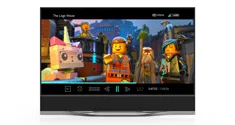
Posted Fri Oct 9, 2015 at 05:00 PM PDT by Steven Cohen
As we continue to watch the 4K Ultra HD market evolve, manufacturers have begun to move beyond mere improvements in resolution, offering several new display technologies that aim to deliver improved levels of contrast, detail, and color -- continuing the industry trend of not only adding more pixels, but better pixels.
At the forefront of these advancements is Dolby Vision.
An end-to-end imaging solution that covers content creation, distribution, and playback, Dolby Vision is designed to provide customers with an enhanced viewing experience through the combination of High Dynamic Range and Wide Color Gamuts. Though we've seen plenty of demos and pre-market displays that use the tech in the past, Dolby Vision is now finally ready to make its official home theater debut with the release of VIZIO's Reference Series.
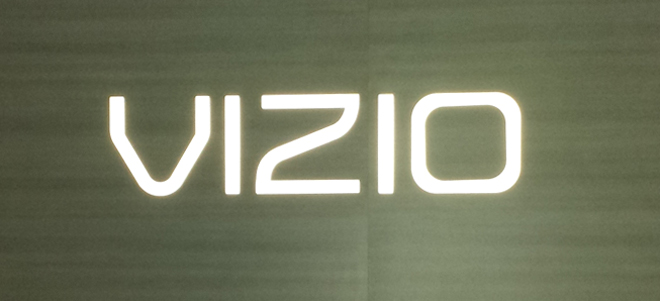
As its name might imply, the Reference Series is designed with true videophiles in mind, and cements VIZIO's gradual expansion from the budget market into the genuine premium home theater sphere. At launch, the lineup includes an impressive 65-inch model and an absolutely mouth-watering 120-inch behemoth -- and earlier this week we were invited to demo both of these displays in action.
The Reference Series is available in 65-inch ($6,000) and 120-inch ($130,000) models. Each Ultra HD panel features an 800-nit, full-array LED backlight with 384 active zones for superior black levels and brightness. Equipped with Dolby Vision, the displays also include support for Dolby Vision High Dynamic Range (HDR) content with wide color gamuts, providing enhanced contrast with more realistic highlights and shadow detail.
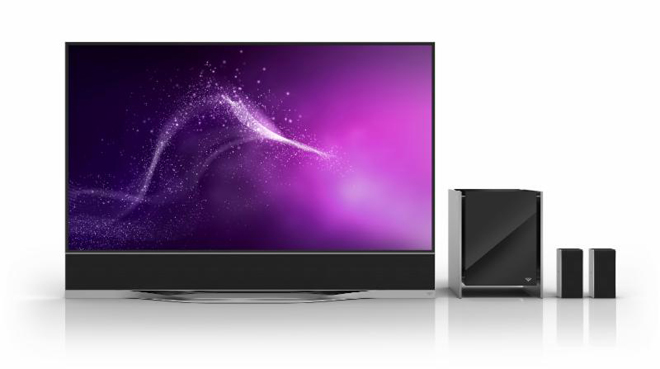
The 65-inch model uses quantum dot technology while the 120-inch model uses phosphor coated LEDs (a 120-inch quantum dot sheet just isn't feasible yet). In addition, the 65-inch model includes an integrated 3-channel soundbar with separate rear satellites and a wireless subwoofer. HDMI 2.0 connections with HDCP 2.2 compliancy are integrated as well. Finally, the VIZIO Internet Apps Plus smart TV platform is also implemented, allowing customers to enjoy Dolby Vision HDR streaming content from services like VUDU and Netflix.
To show off the Reference Series' unique picture quality features, VIZIO set up a series of demos highlighting different aspects of the TVs, including streaming, local dimming, contrast, HDR, color, and audio. And to conclude the showcase, they even had a full home theater room set up with the massive 120-inch model, offering a taste of what lucky consumers (with $130,000 to spend) can come to expect from the wall-sized TV.
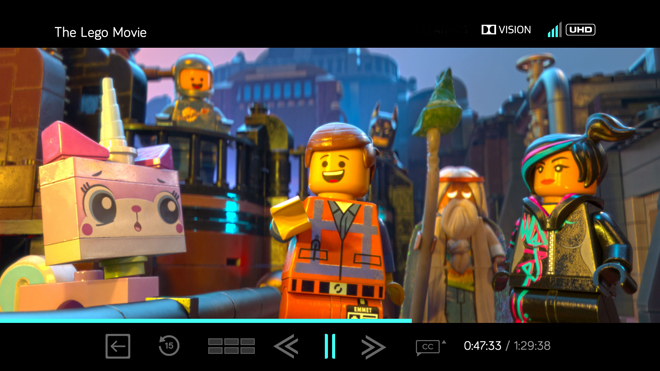
First up, VIZIO had a series of 65-inch sets hung across the wall, all displaying various demo reels. Though most of these TV were playing content off of drives, the company did have one unit actually set to an active VUDU stream, offering a taste of Dolby Vision Ultra HD streaming with smooth playback over 15mbps. With content specially mastered in the Dolby Vision process, VUDU will be the first platform to provide Dolby Vision HDR movies. The initial lineup will feature 16 titles from Warner Bros., including 'The Lego Movie,' 'Edge of Tomorrow,' 'Into the Storm,' 'Man of Steel', 'San Andreas,' 'Mad Max: Fury Road,' 'Magic Mike XXL,' 'Jupiter Ascending,' 'The Great Gatsby,' and more. Likewise, Netflix will also be supporting the Dolby Vision process and will be offering the first and second season of 'Marco Polo' in Dolby Vision HDR.
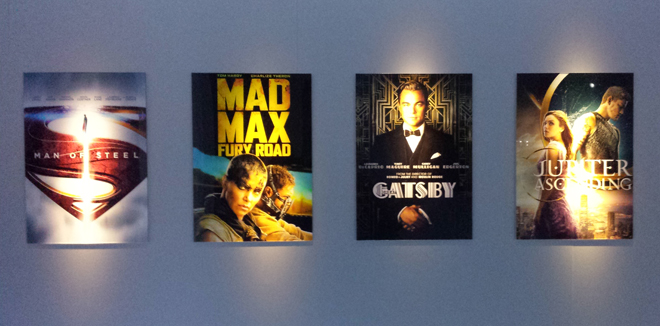
Moving away from specific content and on to specific picture quality features, VIZIO spotlighted the TV's impressive full-array local dimming. To demonstrate the display's 384 active zones, the company brought back a special demo that it previously included in its last launch event. This demonstration pitted the Reference Series against a competing edge-lit model, the Samsung UN65JS8500 SUHD TV. Both displays were hung side-by-side and each had their diffusers and light guides removed. A simple animation of fish and flowers played on both sets, revealing the many active zones lighting up in specific sections of the panel on the VIZIO, and the comparatively dim center and bright sides of the edge-lit model.

Of course, as fun as a demo like this can be, it clearly does not offer a good comparison of real world performance. Thankfully, VIZIO also had the same Samsung model pitted against the Reference Series 65-inch TV under normal, dark room viewing conditions. Both TVs played a video reel full of detailed imagery (swirling cosmos, sparking lava, etc.) that really brought out the differences in the displays' backlight performance. The VIZIO set maintained a deep, inky shade of black without crushing details while the edge-lit Samsung demonstrated a more grey/blue shade of black. Likewise, the VIZIO had superior uniformity and viewing angles, while the competing set had some backlight bleeding around the edges and tended to wash out a lot more when viewing from the side. Though under these demo conditions the full-array Reference Series model easily bested the edge-lit Samsung, it should be noted that Samsung does indeed offer a full-array SUHD TV model of its own -- but since it is only available with a curved-screen panel, it was not used for this comparison.
For the final head-to-head demo of the night, VIZIO had another room set up with three televisions on the wall. To the far right was the Pioneer Kuro plasma HDTV -- once widely regarded as the undisputed top-dog of the home theater display world. To the far left was the Samsung UN65JS8500. And finally, in the center was the 65-inch Reference Series display. Aimed at demonstrating the VIZIO TV's superior Dolby Vision wide color gamut, the demo shifted through a series of different tests patterns on all three televisions, displaying a series of colors. All three TVs were set to their factory "Movie Mode" and the VIZIO was dialed down to 50% brightness. Thanks to its expanded color gamut and quantum dot tech, the Reference Series offered punchier shades of red, blue, and green. By comparison, the Pioneer plasma and its standard Rec 709 color space looked noticeably dull and faded. Though the VIZIO and Samsung were much closer in color reproduction, the Reference Series did still have a slight edge, offering bolder and seemingly more pure colors, especially when it came to green and yellow.
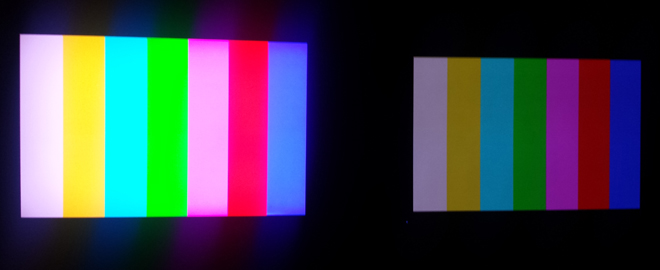
Far surpassing the current Rec 709 standard, the 65-inch Reference Series and its quantum dot panel offer support for 120% of the P3 color gamut and 87% of the Rec 2020 color gamut. Meanwhile, the 120-inch model offers 96% of the P3 color gamut and 73% of the Rec 2020 color gamut. Check out the above picture for a comparison the 65-inch VIZIO (left) and Pioneer (right), and the below picture for a comparison of the Samsung (left) and VIZIO (right) -- though I must stress that a camera is not a particularly good way to capture such a comparison, and I am only including these pictures to give readers a ballpark idea of what the demo was like.
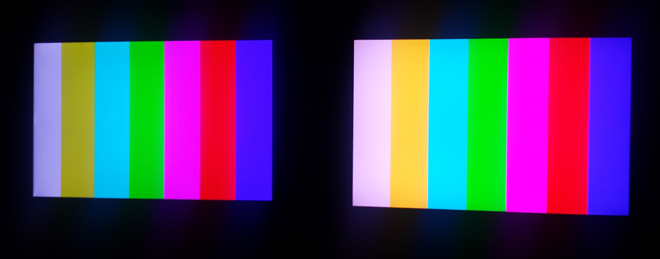
Taking away the competition to let the Reference Series shine by itself, the next demo room featured another reel of VUDU Warner Bros. titles playing in a completely dark room. This section was designed to show off all of the display's picture quality features -- combining local dimming, HDR, and wide colors to create a premium viewing experience. The results? Ultra HD bliss. Detail was strong, blacks were inky, colors were sumptuous, and the high dynamic range grading really did lead to an appreciable expansion of the image. Scenes from 'The Great Gatsby' were especially notable for their delectable eye-candy.
While the Reference Series' picture quality might have been getting most of the attention at the event, VIZIO also made sure to spotlight the TV's audio as well. In an attempt to buck the subpar audio found in most big-screen TVs, the company is actually including a 5.1 soundbar system with the 65-inch model. The three channel soundbar sits right under the display, and though it can be disconnected from the TV, it can't be used with any other models. A separate wireless subwoofer and two rear satellite speakers are also included. For demo purposes, VIZIO played a scene from 'Star Trek' and 'The Art of Flight: Alaska' with the system set to 90% volume. The first sequence featured some immersive space action, and the compact 5.1 system did a great job of filling the relatively large demo room with enveloping sound and surprisingly full bass.
The second clip featured a snowboarding adventure (giving me a quick PTSD flashback to my first attempts at skiing last winter… former Floridians should stick with beaches) with a low frequency heavy music soundtrack and some distinct surround cues that spread overhead helicopters around the soundfield. Though the 5.1 system wasn't as nuanced or crisp as more refined speaker systems, the experience was leaps and bounds better than any traditional integrated TV speakers could ever hope to be. Unfortunately, the soundbar system does not support any lossless or immersive audio sound formats. On that note, considering that the Reference Series is aimed at major home theater enthusiasts, it's likely that most potential customers will already have a dedicated surround sound system (or will be willing to spend the cash for one) -- so, as nice as the soundbar system is, I actually would have preferred for VIZIO to exclude it so that they could cut down the TV's MSRP a bit.

Finally, it was time for the main event: the 120-inch monster. Set up in a cozy home theater room setting complete with leather seats, the mammoth-sized Reference Series display almost took up the entire wall. In other words, I was now in A/V heaven. For demo purposes, the TV was connected to the same 5.1 soundbar system that comes with its smaller 65-inch sibling, and we were treated to two Dolby Vision clips. The first sequence was from 'Man of Steel' and featured Russell Crowe being attacked on Krypton (you know, that scene where he rides a dragon… for some reason). Filled with sci-fi weaponry and various explosions, the scene offered some great specular imagery with intense highlights and detailed shadows -- showing off the HDR tech beautifully. The way the laser blasts seemed to pulse off the screen was particularly impressive. With that said, director Zach Snyder's stylized (i.e. drab) color palette wasn't terribly good for showing off Dolby Vision's wide color gamut.

For the grand finale, however, VIZIO elected to play a scene from the hyper-saturated brilliance that is 'Mad Max: Fury Road.' The scene in question featured Immortan Joe's army in hot pursuit (wait, that basically describes every scene in the movie, doesn't it?) and provided a dazzling showcase for the Reference Series' unique strengths. Fire roaring from car engines sizzled off the screen with bright intensity that didn't become blown out, and the red costume on the guitar player was rich and bold without bleeding. As a whole, both scenes demonstrated the impressive versatility of both the Dolby Vision process and the Reference Series' picture quality attributes -- resulting in a display that is capable of intense brightness and deep blacks without crushing or clipping detail in either extreme. In practice, the local dimming, HDR, and wide colors really do lead to a rather breathtaking jump in realism. Well, maybe "realism" isn't the right word to use when describing scenes that feature a dying alien world and a post-apocalyptic wasteland, but I think you get the idea.
There's been some confusion about the Reference Series' potential support for future Ultra HD Blu-ray discs/players and HDR content beyond Dolby Vision, so I reached out to VIZIO and Dolby for some clarifications. The Reference Series features HDMI 2.0/HDCP 2.2 compliant connections and will provide support for any Dolby Vision HDR content that is released on Ultra HD Blu-ray (the format is an option for the spec, but not a requirement) through a Dolby Vision-enabled Ultra HD Blu-ray player. Likewise, the TVs will support Dolby Vision HDR streaming content through services like VUDU and Netflix. On the topic of other possible HDR formats, VIZIO says that the company will evaluate future formats as they are finalized.
After witnessing the market-ready Reference Series TVs in person (and wiping the drool from my mouth), it's really hard not to be impressed by their premium picture quality features and Dolby Vision technology. Actually, it's really hard not to be blown away. Thanks to the displays' 384 local dimming zones, HDR, and wide color gamut, these models really are among the most advanced on the market.
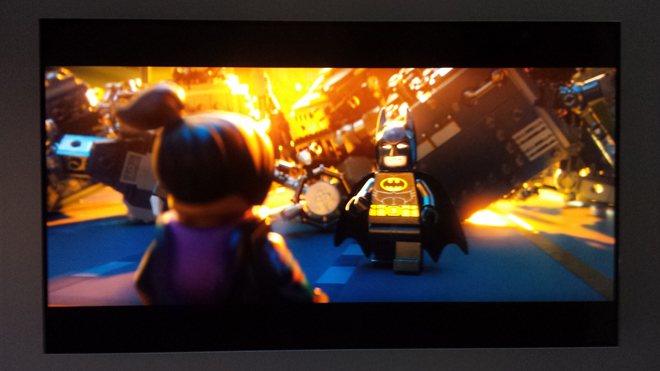
With that said, they do come with some equally advanced price tags. Though VIZIO is widely celebrated for its competitive pricing and best "bang for your buck" value with its other display lines, the Reference Series TVs don't exactly seem to be following this trend. At $6,000 for the 65-inch model and $130,000 for the 120-inch model, the company is clearly going after true home theater enthusiasts here. Still, while there are cheaper 65-inch Ultra HD TVs on the market with some form of HDR and wide color, this is the first and only display series that currently supports Dolby Vision -- a distinction that could prove to be worth the price increase if the format becomes widely adopted.
Interested buyers can now submit special orders for the Reference Series displays at VIZIO.com. Customers will then be contacted by a local custom installer to arrange delivery and a white-glove setup service.

See what people are saying about this story in our forums area, or check out other recent discussions.
The latest news on all things 4K Ultra HD, blu-ray and Gear.